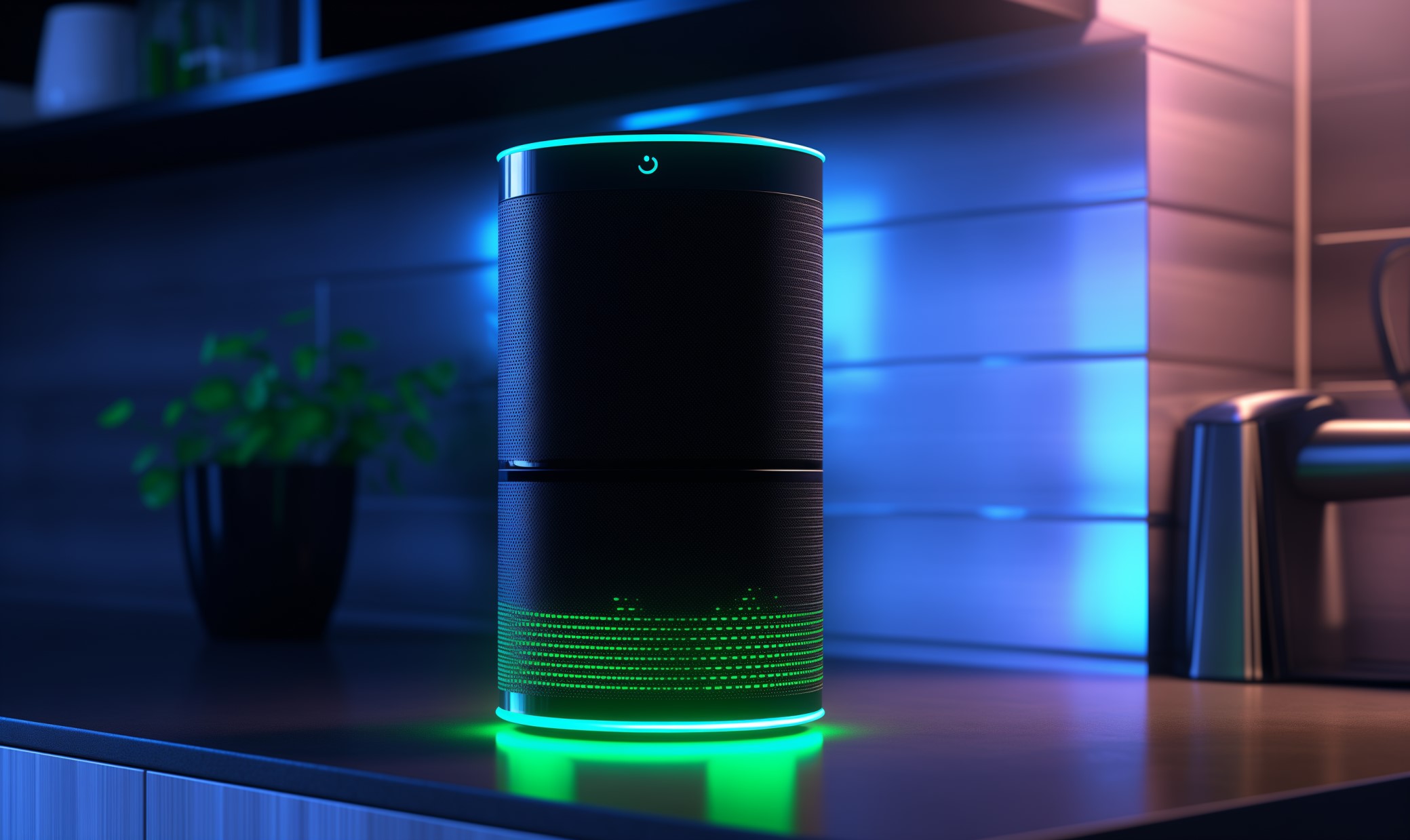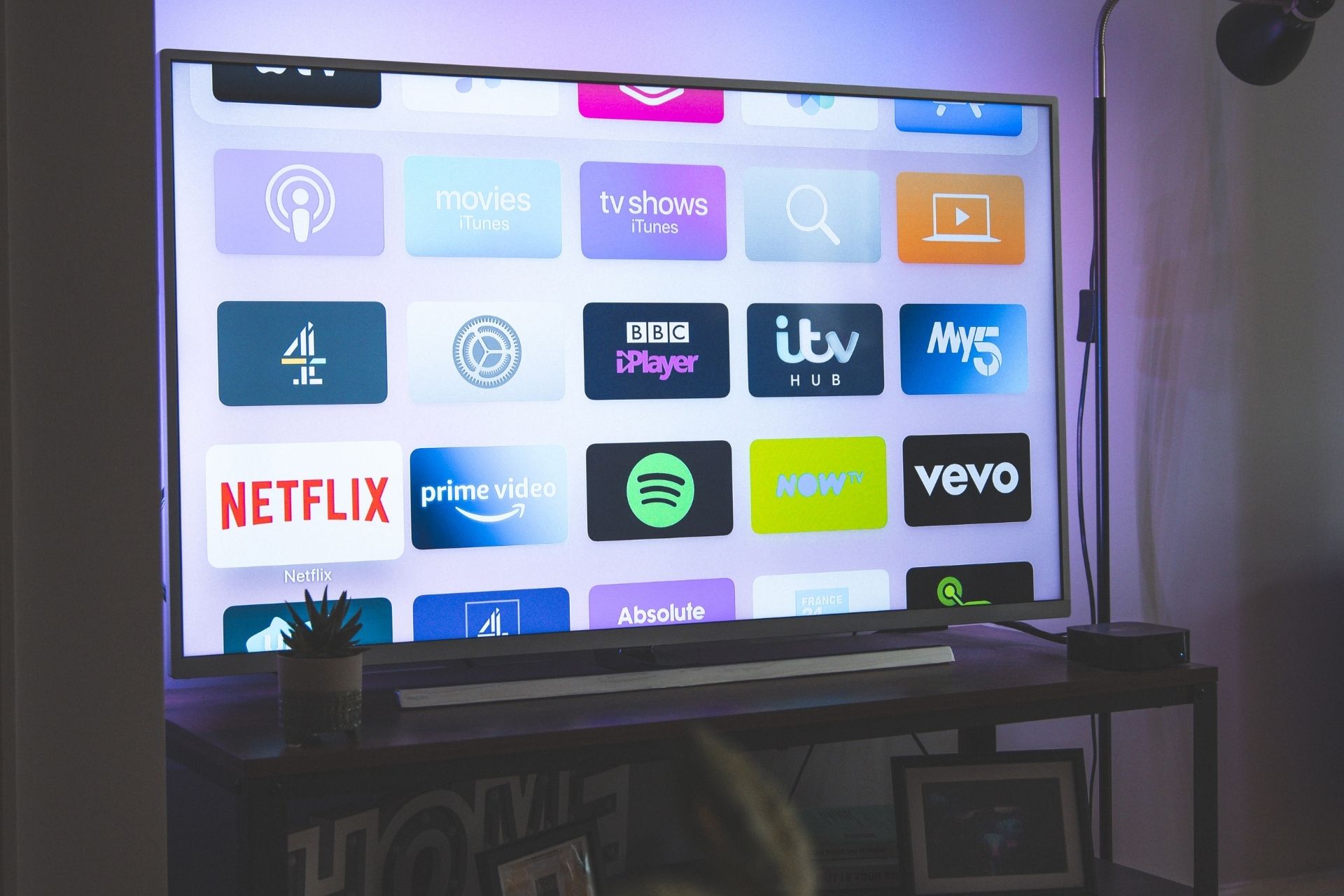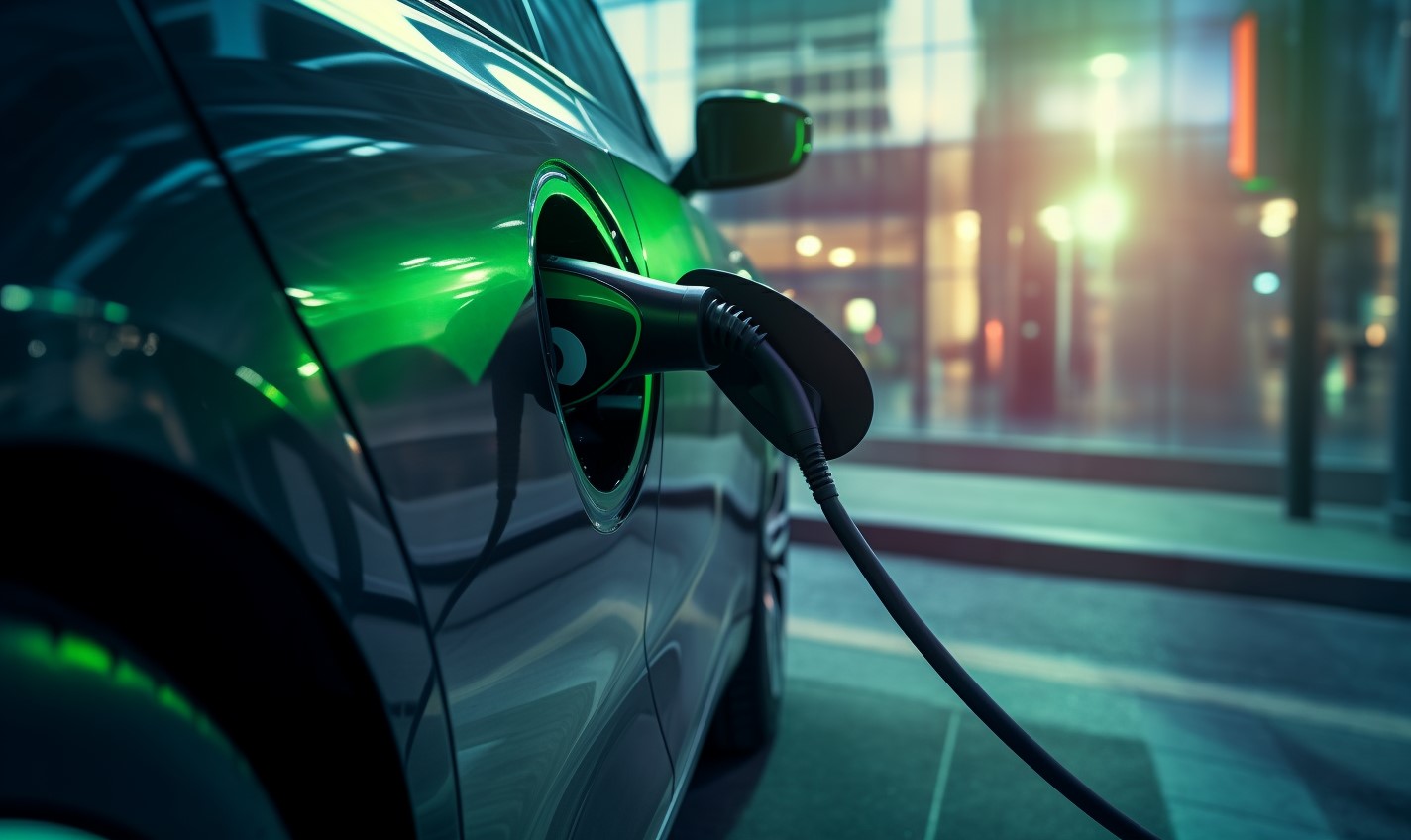While it’s apparent that most electric vehicle owners pay less at the pump than people who drive gas-powered cars, how much does it really cost to charge a Tesla? It’s a bit complicated to stick to a single number because there are different models, charging methods and factors. That being said, we can get pretty close to the actual number with a little bit of know-how.
What Factors Affect Charging Costs?
Many different variables affect costs. While narrowing it down is possible, it’s still a relatively broad estimate. Firstly, the battery in each vehicle can impact charging speed and efficiency, which can translate to more expenses. You also must consider the location of the station because electricity prices vary by state. The most significant factor is the distance a car can go on a single charge. While there are others, these are some of the most prominent.
How Much Does It Cost to Charge A Tesla?
Many things affect how much you’ll pay for a charge, but a general breakdown needs to come before the more complex stuff. Although it varies based on your model, you can get an answer using an equation. You can figure it out as long as you have the kilowatt-hours (kWh) per 100 miles and you know the price of energy.
To calculate the cost, you need to multiply the Tesla’s kWh per 100 miles by the rate of electricity. For example, since the 2022 Tesla Model 3 with rear-wheel drive gets 0.25 kWh per 100 miles, it would be $3.30 to recharge those miles if the price of electricity was $0.13 per kWh. You can multiply those numbers for any model to get an idea of what you’ll be paying at the pump, so to speak.
Since this specific model has a range of 272 miles, you’d pay about $9.10 to refill the entire battery. Of course, that number might be slightly different in reality, but it’s a close estimation. Anything from the location of the charger to the efficiency of the vehicle’s battery could alter the final number, so it’s more realistic to come up with a general figure. You likely won’t pay too much more or less even with the variables.
If you want an accurate reflection of the cost per mile and electricity use, the United States Department of Energy has a tool to calculate it. You input your information and some general statistics, and it gives you a more precise estimation.
How Much Does It Cost to Charge A Tesla at Home?
Since a majority of people — 81% as of 2020 — charge their Teslas at home, it’s essential to take a look at how much it costs. The price will usually be the same since you’re using the same station in the same location. While electricity rates are different depending on what state you live in, they’re pretty stable.
One of the biggest factors for at-home charging is the station. Although factoring it in isn’t necessary, it provides a more accurate representation of the lifetime price tag of Tesla charging. While parts and labor for a level one station can cost between $1,300 to $2,300, a level two can go from $1,700 up to $2700. A level three is typically for commercial or industrial use, so while it’s more expensive, you likely won’t need to consider it because you won’t put one in.
The average cost of electricity for homeowners in the United States (U.S.) raised from 13.83 cents per kWh in February 2022 to 15.47 cents per kWh by February 2023. Although some states reach $0.30 or even $0.40 per kWh, they’re the exceptions. Still, you might be one of the people who have to pay those rates. The U.S. Energy Information Administration publishes that sort of data frequently, so you can look up where you live to get a number more accurate than the average.
How Much Does It Cost to Charge A Tesla at a Station?
So, how much does it cost to charge a Tesla at a charging station? It’s even more variable because everything heavily depends on location. For example, driving one way on a long-distance road trip would have a much different result than stopping to recharge on your way home from work. As of 2023, there are about 57,500 charging stations open to the public.
Superchargers work incredibly fast and efficiently, but they can cost up to $0.50 per kWh depending on your location. The price of convenience can be expensive — over three times as expensive as compared to the average price to refuel at home, in fact. If that seems a little rich, the alternative is a Tesla Destination charging station.
Many are actually mostly free to use since you’ll only pay for parking. Some places even offer free charging as a perk for doing business with them. If you do pay, however, it’s either going to be based on the kWh you use or a flat fee. It’s up to the discretion of the building owners that host the stations, so it can vary.
Why Do Some Superchargers Have Different Costs?
Some Tesla Superchargers adjust the price depending on what time you use them because they factor in off-peak or peak energy usage. Recharging at home may be more or less expensive than using a station, but that depends on your state’s regulations and average electricity rate.
On top of recharging costs themselves, you might also have to pay an idle fee. It might charge you extra for every minute you sit at a Supercharger after completely refilling your battery. It can vary, but the average fee is $0.50 per minute when it’s half full and $1 per minute when completely full. Although it isn’t entirely necessary to consider, it’s an important factor.
The rate for most of them is based on kWh, but some locations charge per minute instead. If that’s the case where you live, you’d pay based on the time it takes to refill your battery, not the energy going into it. It’s based on four different tiers and the cost increases for each one. If you pay by the minute in a state with high kWh prices, a quick recharge could save you money.
Charging Costs Will Vary
Although it would be nice to have one number to reference, there are too many variables. Think about it like gas-powered cars — the cost of gas differs all across the country, and the amount you pay differs on the miles-per-gallon you get and how empty your fuel tank is. As long as you know a general estimate, you’re better prepared for the price at the pump. Ultimately, you can calculate how much you’ll pay to charge your Tesla by comparing its fuel efficiency, the electricity rate and how empty your battery is.
Recent Stories
Follow Us On
Get the latest tech stories and news in seconds!
Sign up for our newsletter below to receive updates about technology trends














